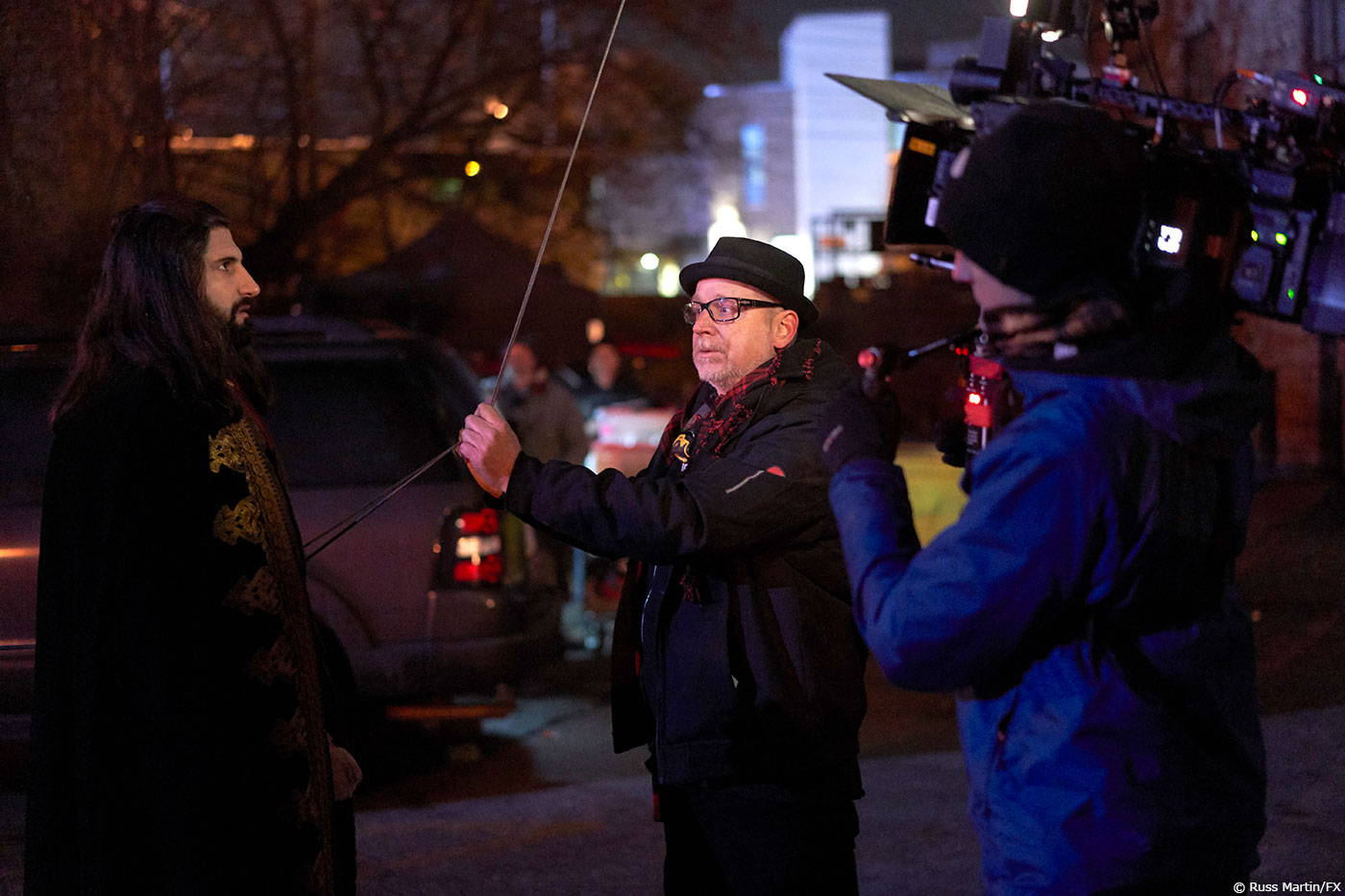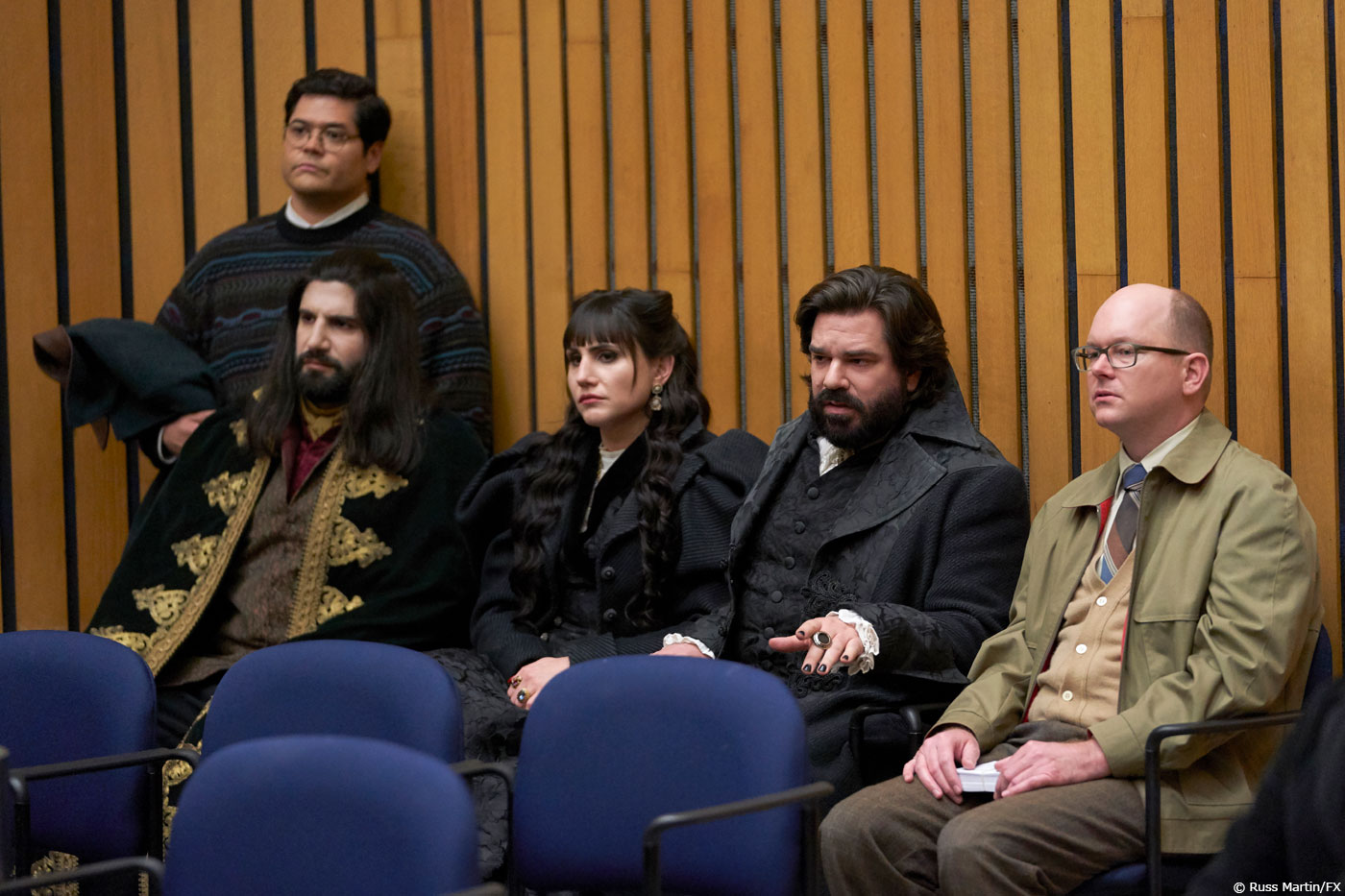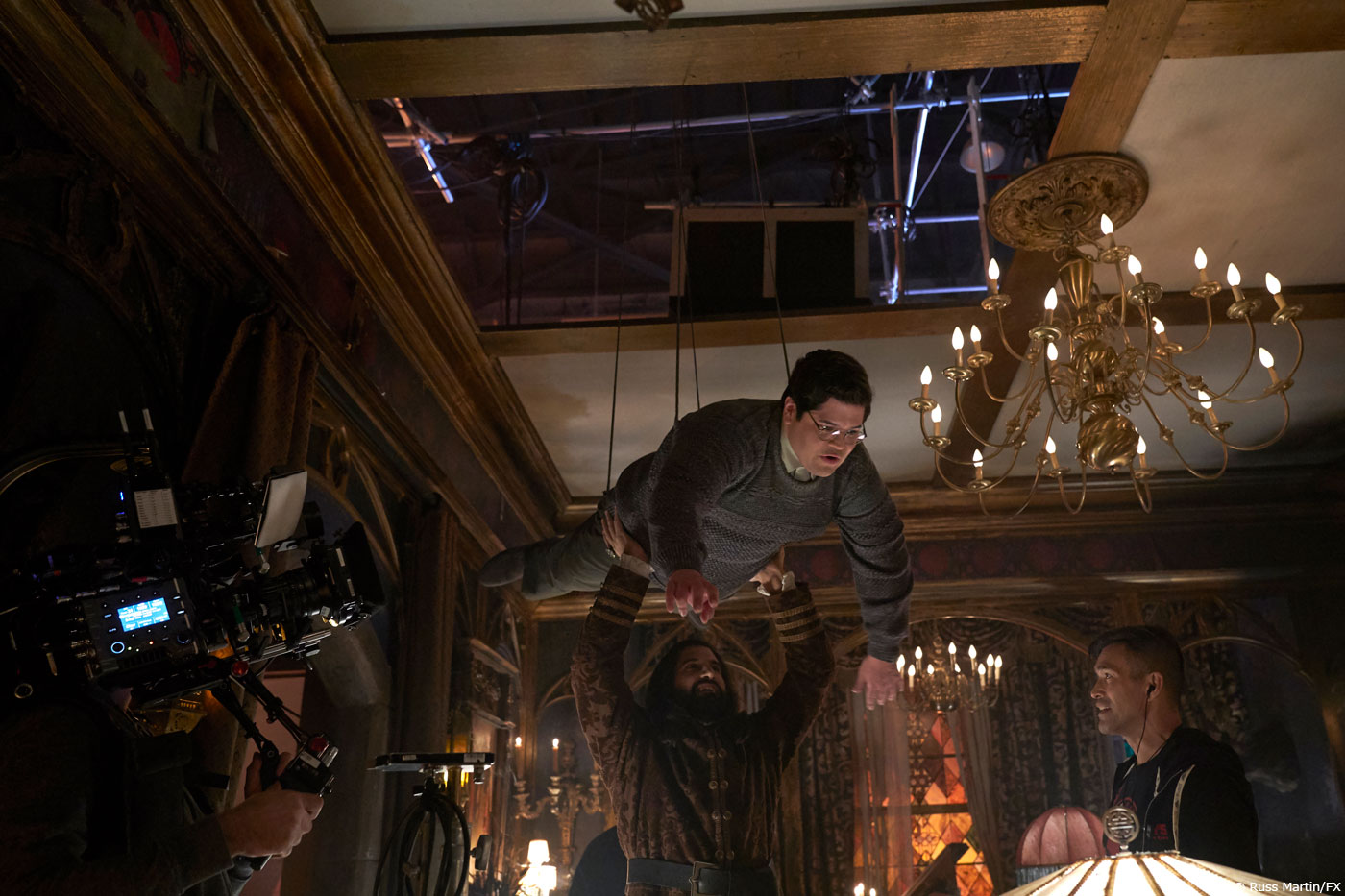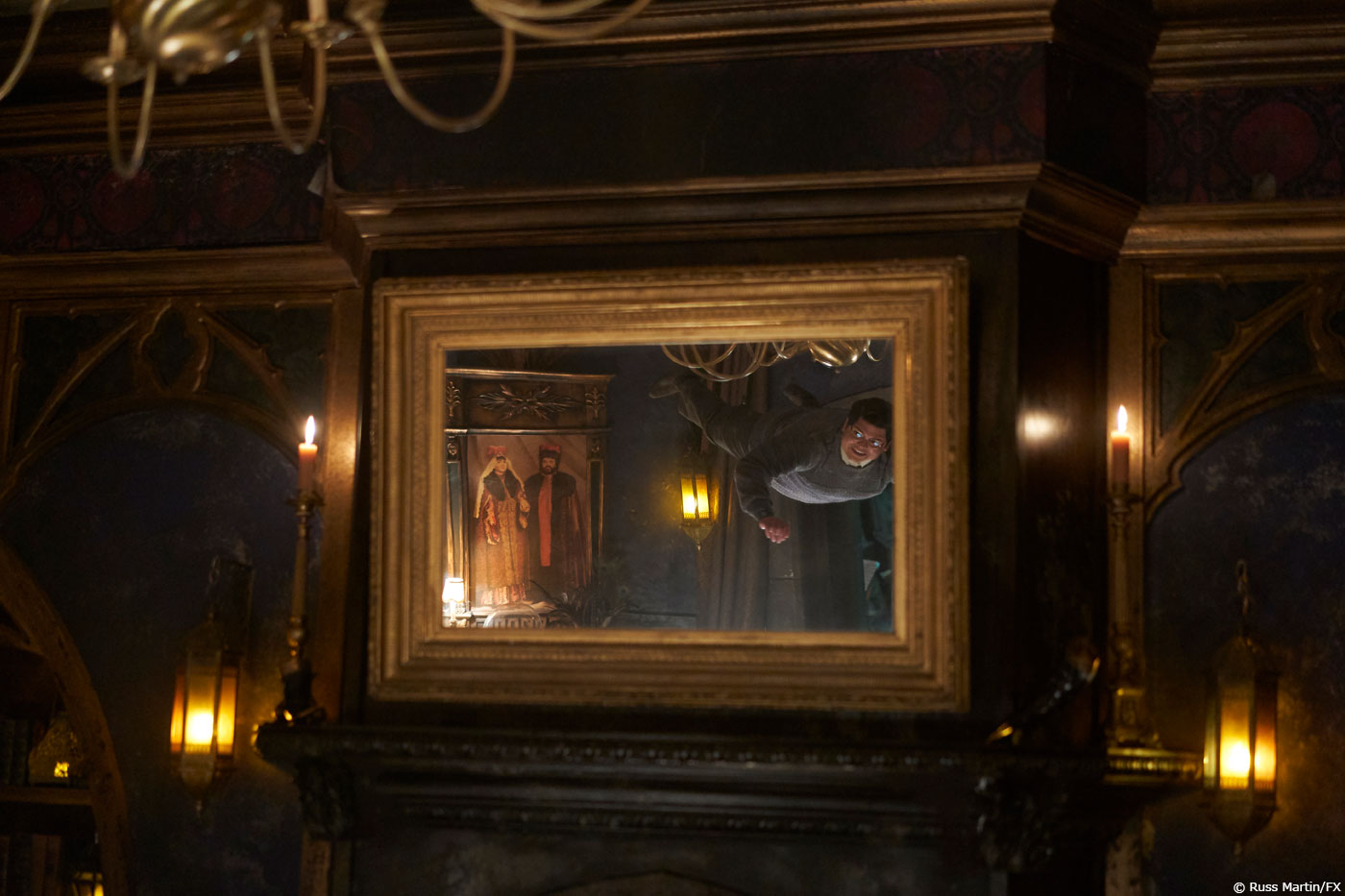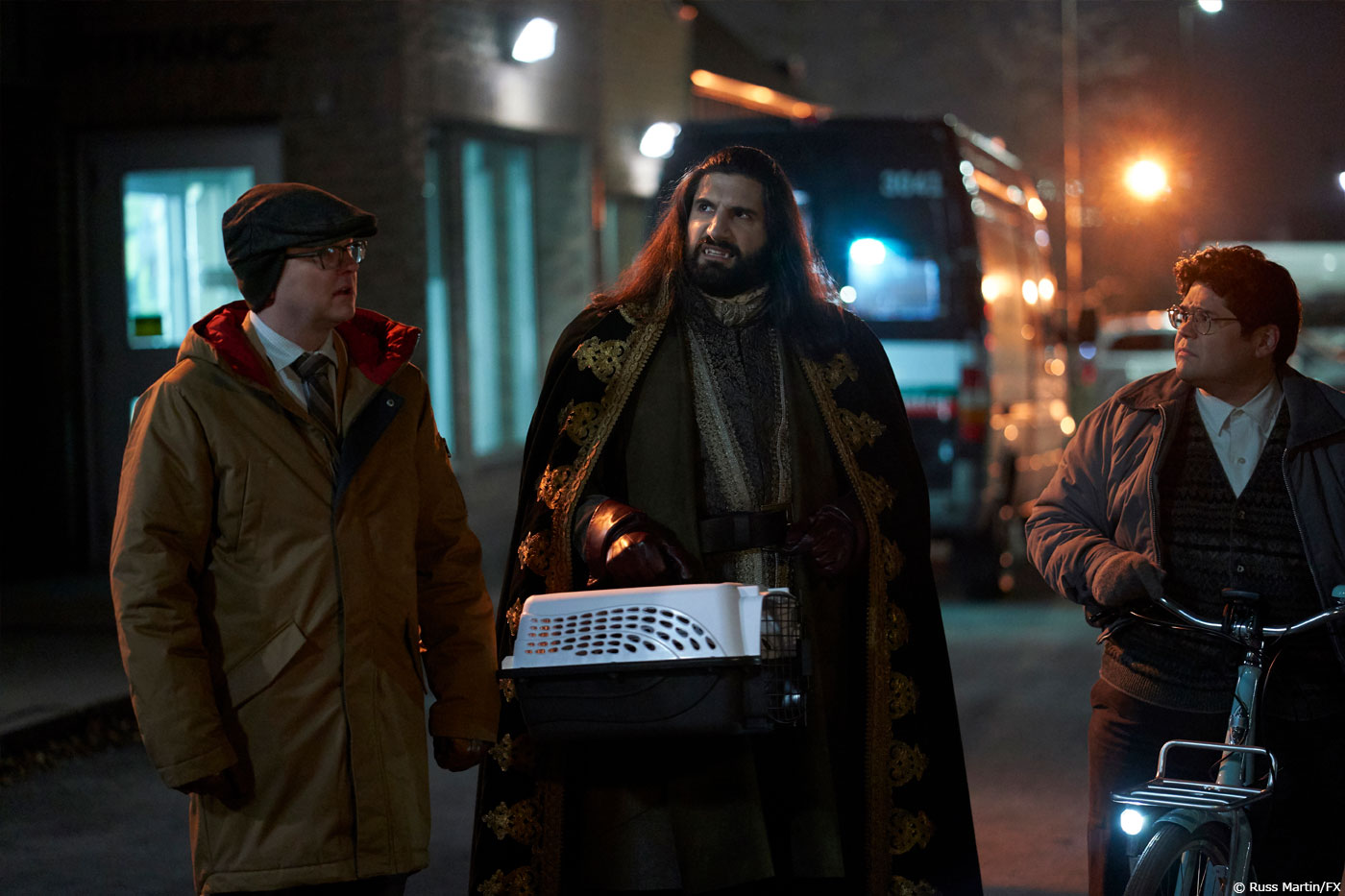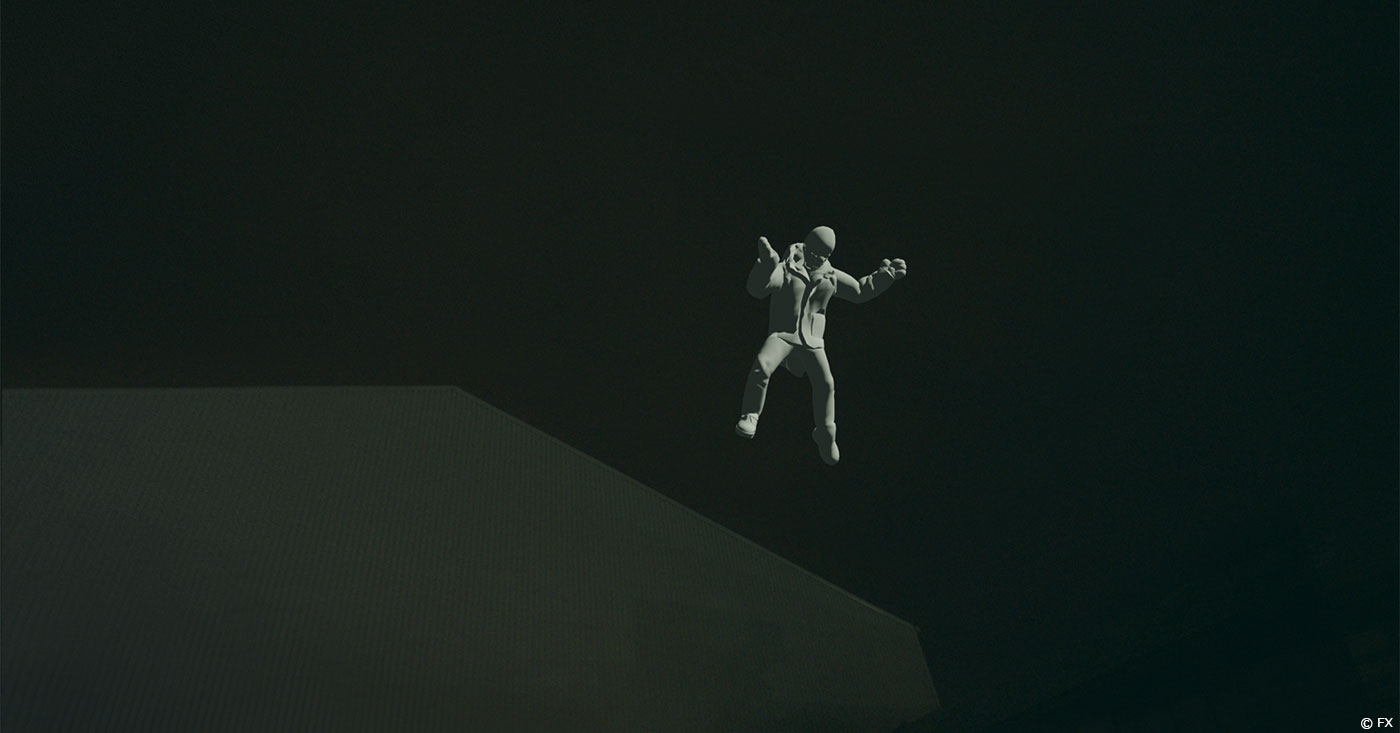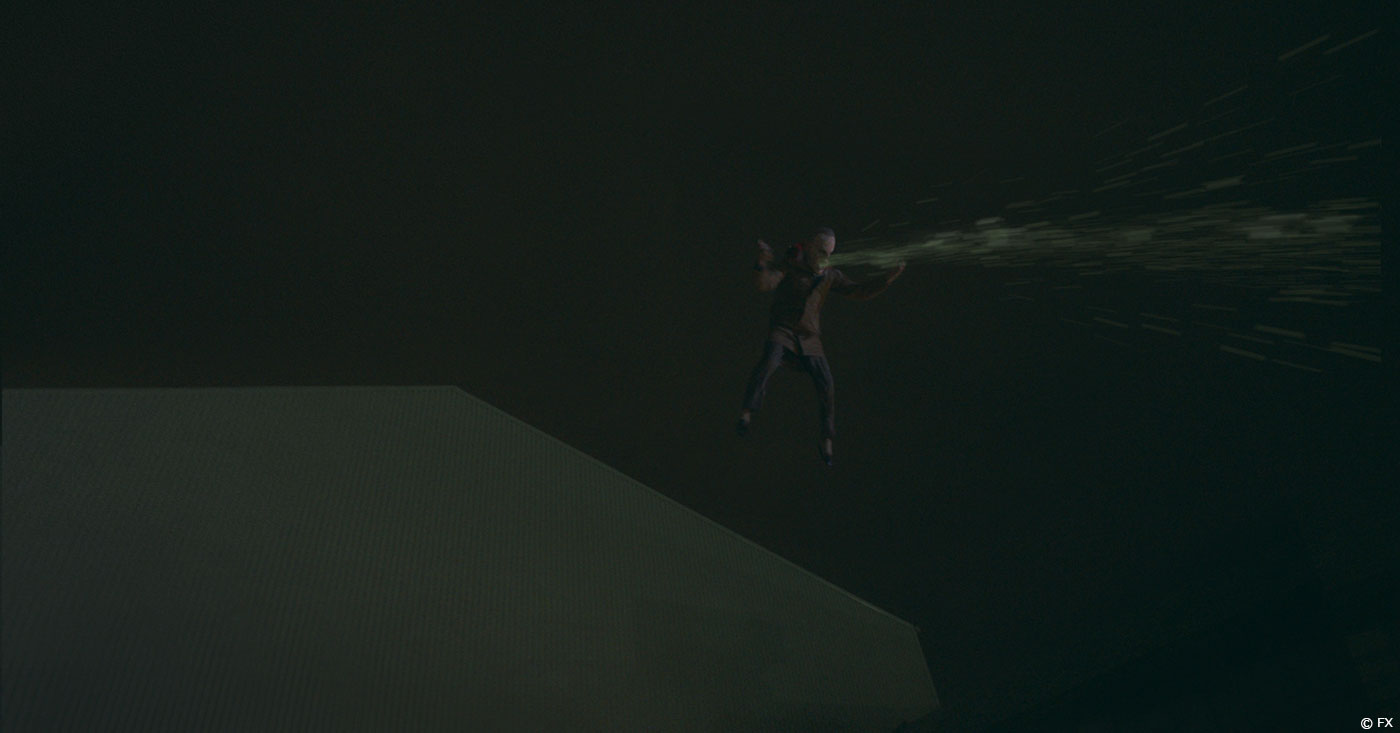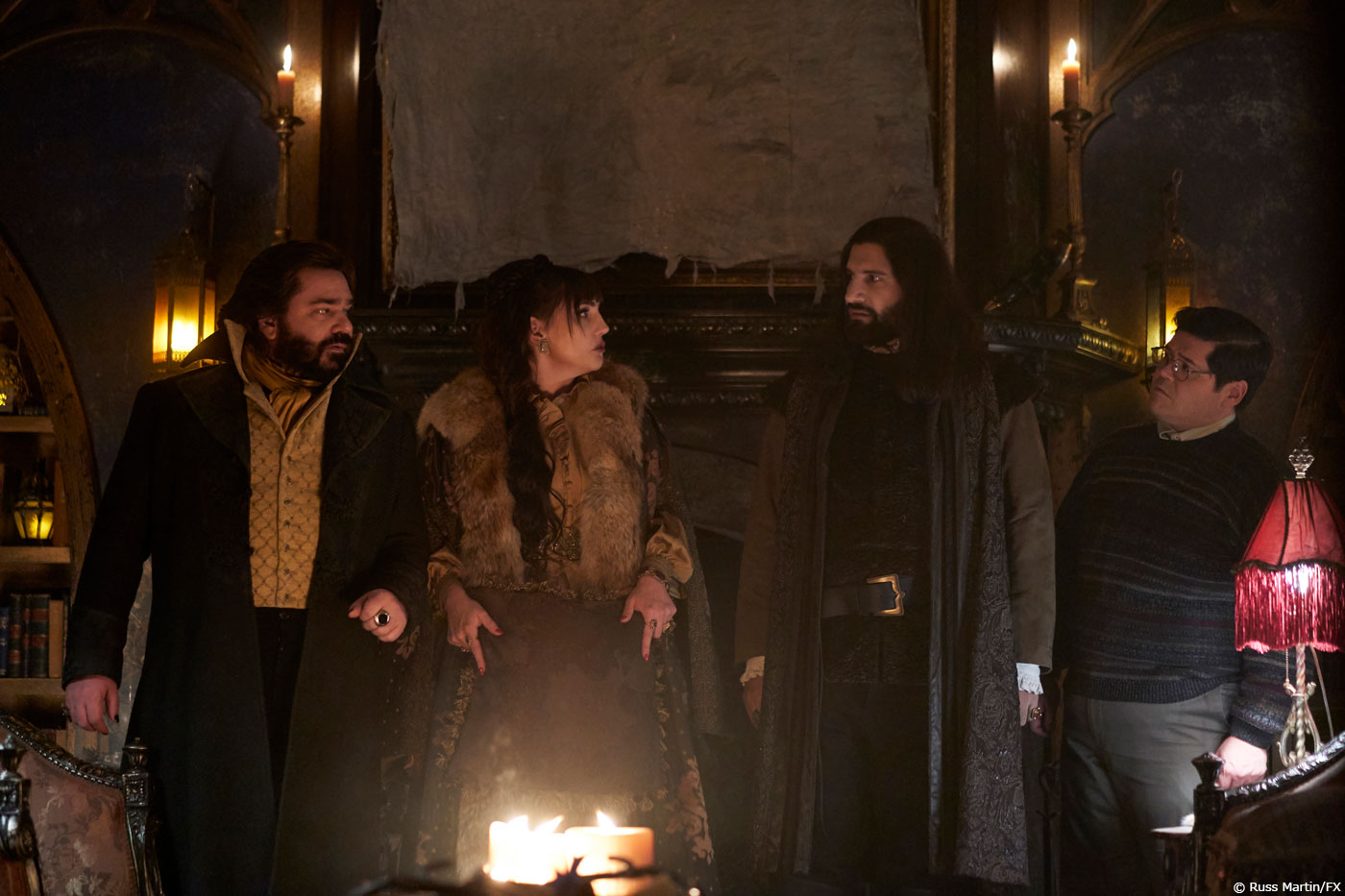In 2011, Brendan Taylor explained to us the work of Mr. X on HANNA. He then works on TRANSPORTER: THE SERIES and POMPEII. In 2013, he founded Mavericks VFX and took care of the effects of projects like MAN SEEKING WOMAN, THE MAGICIANS and AMERICAN GODS.
What is your background?
I started as a director’s assistant on a mini-series shooting in Malta. I saw my first greenscreen a few days into the shoot. It was only something I’d ever seen in behind-the-scenes special features on DVDs. With the help of the VFX supervisor, Sam Nicholson, I landed a job at Stargate in Pasadena, where I was able to see the show go into post production. It was a pretty eye opening experience. I then moved home to Toronto in 2004 to work for Mr. X and then started Mavericks in 2013.
How did you and Mavericks VFX get involved on this show?
We were huge fans of the movie and campaigned really heavily to work on it. We had worked with FX on another VFX heavy TV series called MAN SEEKING WOMAN. In the end, it was the work we did on an episode of MAN SEEKING WOMAN where we did full CG head replacements of monsters that landed us the job. I’m really glad we landed it. It was so creatively fulfilling.
How was the collaboration with the show runners and directors?
It was amazing. Jemaine has ideas about how to shoot things, but is always open to discuss what makes the most sense. His instincts are actually really good. At one point he said: ”You make me nervous when you keep agreeing with my shooting methodologies. I have no idea what I am doing and am just making it up” to which I said: “Welcome to the club.” What I really loved was honing in on what made things funny. It really helped us in the execution of the shot.
What was their expectations and approach about the visual effects?
Taika and Jemaine had both been around some serious VFX. Even though the WHAT WE DO IN THE SHADOWS movie didn’t have a ton, Taika had done THOR: RAGNAROK and Jemaine was in THE BFG. It was great in that respect, because nothing really phased them. “Oh, full CG bat/human hybrid? No problem. Full CG explosion? Cool.” That said, we didn’t have the time or budget to do 200 shots a show. So all of the gags would always be attempted practical, resorting only to VFX if it couldn’t be done practically.
How did you organize the work with your VFX Producer?
Kelly Knauff was our bidding producer, so she would come to all of the meetings and bid the shows (which were shot in blocks of 2 episodes). We would then bid shows as the cuts came in. Mike Kowalski was our VFX producer at Mavericks who would organize timelines and scheduling with post. Everything was managed, organized and scheduled in shotgun.
Can you explain in detail about the design and creation of the bat transformations?
There wasn’t much design work on the transformations, the work had been done in the movie very well. We needed to match that. I asked Jemaine how they did it in the movie and he said: “The actors would jump up in the air, we’d shoot a clean plate and then hand it over to VFX. Would that work?” and we said “Sure! Let’s try it”. 90% of the time that worked fine. It got a little trickier when the camera was tracking with the characters. We’d have to still shoot a clean plate, but recreating the clean plate would involve reprojecting a matte painting on to geometry. When we got into post, paint/roto artists would create the clean plate while the tracking artists tracked the plate. If you look at the effect in the movie, it’s actually quite simple. It’s a wipe with some particle effects. The first pass we would send would be a grey scale animation of the bat, with the wipe transformation for timing purposes. In order to help with the lighting, we had a fake bat on a fishing pole that we would run through the scene as a reference pass. This helps lighters and compositors in the final stages of the shot production as it removes a lot of the guesswork.
For the particles, we generated a few stock “poofs” in Houdini that compositors could layers in. Compositors had some ability to relight the poofs to the scene. If those didn’t work, we could generate new ones specific to the shot. A lot of the control in the look of the shots was handed over to the compositors.
How did you help the vampires to fly?
The flying vampires was all stunts (and actors!) and then VFX would just remove the wires. The stunt team on this show was amazing.
How did you work with the stunt and SFX teams?
It was a very good working relationship. Each department was always looking at how they could help each other out. I can’t say enough about Tig Fong and JR Kenny of Dynamic Effects. Great problem solvers, very prepared, but also great at improvising when things aren’t going to plan. As I mentioned earlier, the mandate was to go practical, so things would fall into Tig and JR’s court. If they couldn’t do it, then we would look to VFX.
Can you tell us more about your work on the gore aspect?
Very little was done in VFX with gore. JR handled that (very well). We did a little addition of some gore and some continuity fixes.
How did you handle the challenge of the TV series schedule?
I believe that the best thing you can do is look ahead in the schedule. The air dates have already been set, so there is no way you can get more time. The best thing to do is try and get more time at the front end. The showrunners were very receptive to that. The argument is that in order to make this look as good as possible, we need as much time as possible. They would gladly turn over sequences early to make their show look better!
Is there something specific that gives you some really short nights?
The shooting! It’s a vampire show, so there are a lot of night shoots. You’d start the week at around 11 am… and then progressively get later and later to find yourself wrapping at 8am on Saturday morning. We call that a “Fraturday”. When we finally wrapped the season, I slept for a long, long time.
What is your favorite shot or sequence?
The Baron barfing. Full CG takeover, with CG vomit. VFX designed the camera work and the animation. I’m quite proud of it, as it was so well received. I still laugh at it.
What is your best memory on this show?
Being on set in episode 6 at Casa Loma (a castle in Toronto) at 3 am. Taika Waititi, Jemaine Clement, Dave Bautista, Kristen Schaal, and the rest of the amazing cast were improving and had the crew laughing hysterically. It was a great moment!
How long have you worked on this show?
October 2018 to May 2019.
What’s the VFX shots count?
391 shots.
What was the size of your team?
30 people worked on the show.
What is your next project?
We are currently working on THE HANDMAID’S TALE Season 3, THE EXPANSE Season 4 and NOS4A2.
What are the four movies that gave you the passion for cinema?
I’m constantly inspired by new stuff…but as a kid:
STAR WARS
JURASSIC PARK
THE GOONIES
INDIANA JONES AND THE LAST CRUSADE
As an adult:
DERSU UZALA
THE KILLING OF A CHINESE BOOKIE
JULES AND JIM
SPIDERMAN – INTO THE SPIDER VERSE
A big thanks for your time.
WANT TO KNOW MORE?
Mavericks VFX: Official website of Mavericks VFX.
© Vincent Frei – The Art of VFX – 2019


